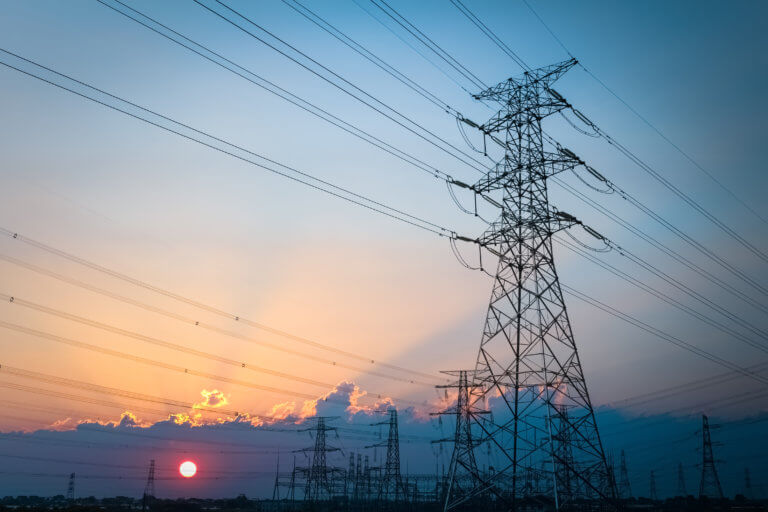How can building and expanding transmission lines increase the reliability and resiliency of the U.S. electric transmission grid, create jobs, and help attract manufacturers and other job creators?
- Lowers energy costs: More transmission improves the efficiency of electricity markets by easing the transfer of power between regions
to meet demand. More transmission means that consumers can potentially avoid spiking energy prices during times of high energy demand. Modern transmission technologies can also minimize line losses, saving costs for utilities and consumers alike.
- Boosts grid reliability: Increasing transmission capacity results in better grid management, reducing congestion that wastes energy and diminishing the risk of blackouts, power outages and associated economic losses. New transmission also makes it easier to bring new resources online, presenting an all-of-the-above opportunity for the range of energy resources to serve customers across the United States.
- Creates a more resilient grid: America’s outdated and aging electric grid produces more blackouts than any other developed nation and grid failures will only increase as power demands continue to rise. Transmission strengthens the grid against extreme weather events and cyberattacks by creating alternate pathways for electricity to move, minimizing the impacts of disruptions.
- Reduces economic losses and injuries: Increasing reliability and resiliency protects everyone from massive economic and human losses associated with grid failures. For instance, in 2021 Winter Storm Uri caused nearly 70 percent of Texans to lose power, leading to over 210 deaths and resulting in at least $80 billion of economic loss. Texas fared much worse than other states because of its lack of transmission connections to other states.
- Creates jobs and builds the tax base by attracting manufacturing, power-generation resources and other economic development: Robust transmission capacity attracts manufacturing facilities and other industry that brings additional jobs to the region because it allows for quick, least-cost interconnection, ensures reliability for business operations, and enables access to energy from specific types of resources where customers demand it.
- Creates good-paying jobs building transmission lines: Over one million Americans are employed in transmission, distribution and storage in the United States. Expanding transmission will create more good-paying jobs in construction, maintenance and operation. Reliable transmission attracts manufacturing and other industries, bringing additional job opportunities and making transmission a winning outcome for the local economy.



